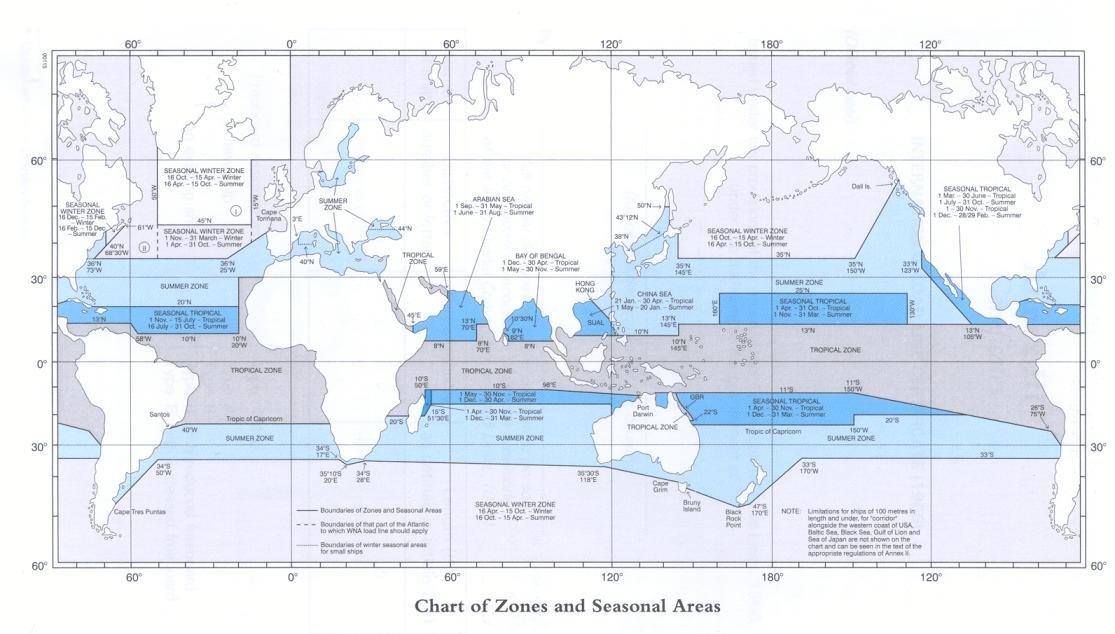
Minimum Freeboard
At small angles of inclination, a vessel’s stability is indicated by her metacentric height (GM). But when a vessel encounters conditions that cause her to roll, heave, pitch, sway and yaw excessively, for example in heavy or rough seas, it is her reserve buoyancy that counters the effects of those forces.

Rule 9: Narrow Channels
One of the thornier Rules of the Road, Rule 9, Narrow Channels, addresses navigation in particularly precarious areas. Because narrow channels proliferate on waters shoreward of demarcation lines, it is not surprising that there are a number of significant differences between the International (COLREGS) and the Inland versions of this rule.

The S.S. American Mariner
In the 1950s, the US Maritime Administration commissioned several classes of single-screw break bulk cargo vessels. The SS American Mariner, technically a C4-S-1a vessel, is used in US Coast Guard examinations as the platform for various stability calculations.

Loading and Unloading Oil Cargoes: Calculations
Many of the Deck Examinations on the new “Q” tests contain two types of questions about loading and unloading oil cargoes. Both require calculation. The first asks for a quantity. The second wants to know the time and date of final loading.

Elbow Room: Staying within an Anchorage
You are arriving in port and are assigned to anchor in anchorage circle B-4. It has a diameter of 500 yards and your vessel’s LOA is 484 feet. If you anchor in 8 fathoms at the center of the circle, what is the maximum number of shots of chain you can use and still remain in the circle?

